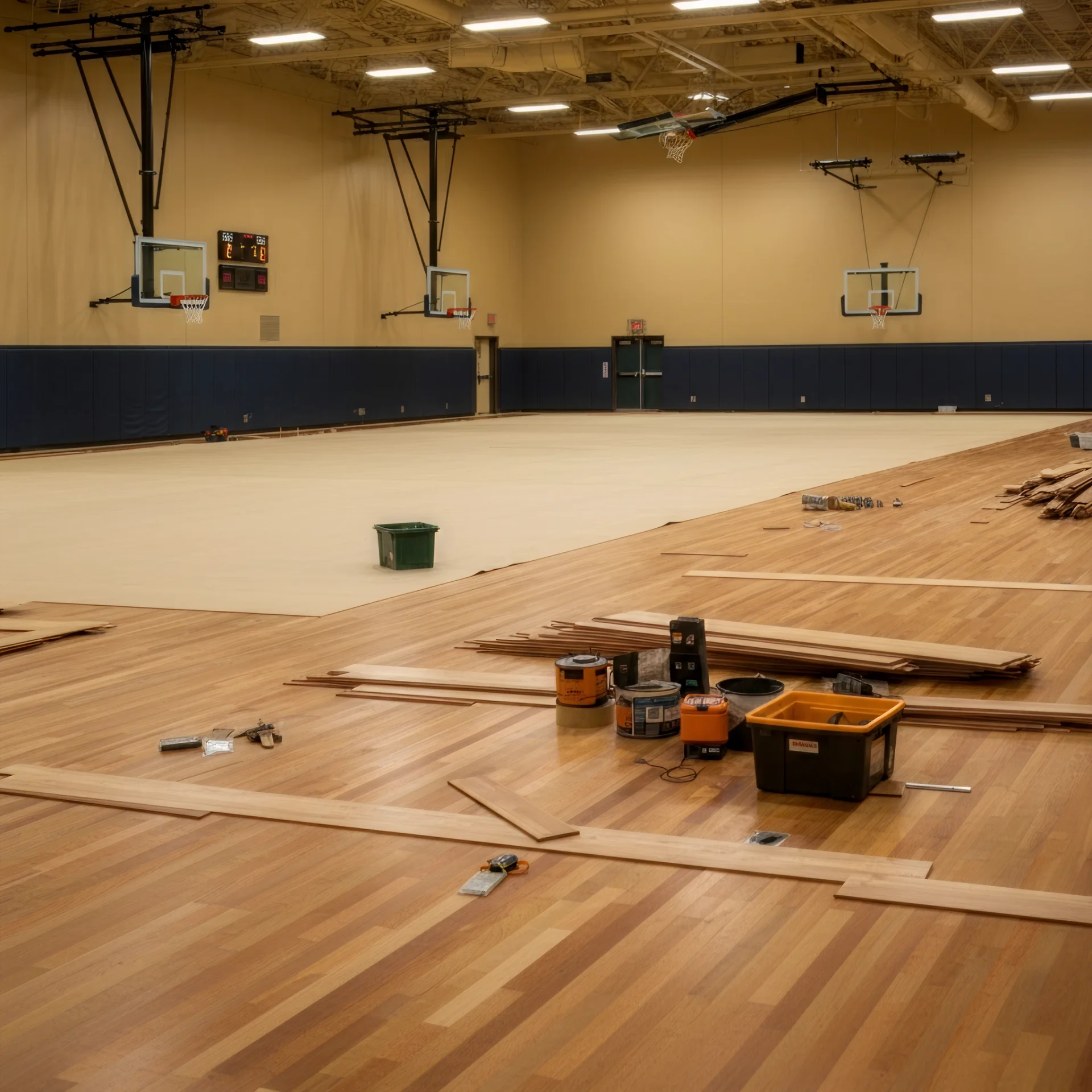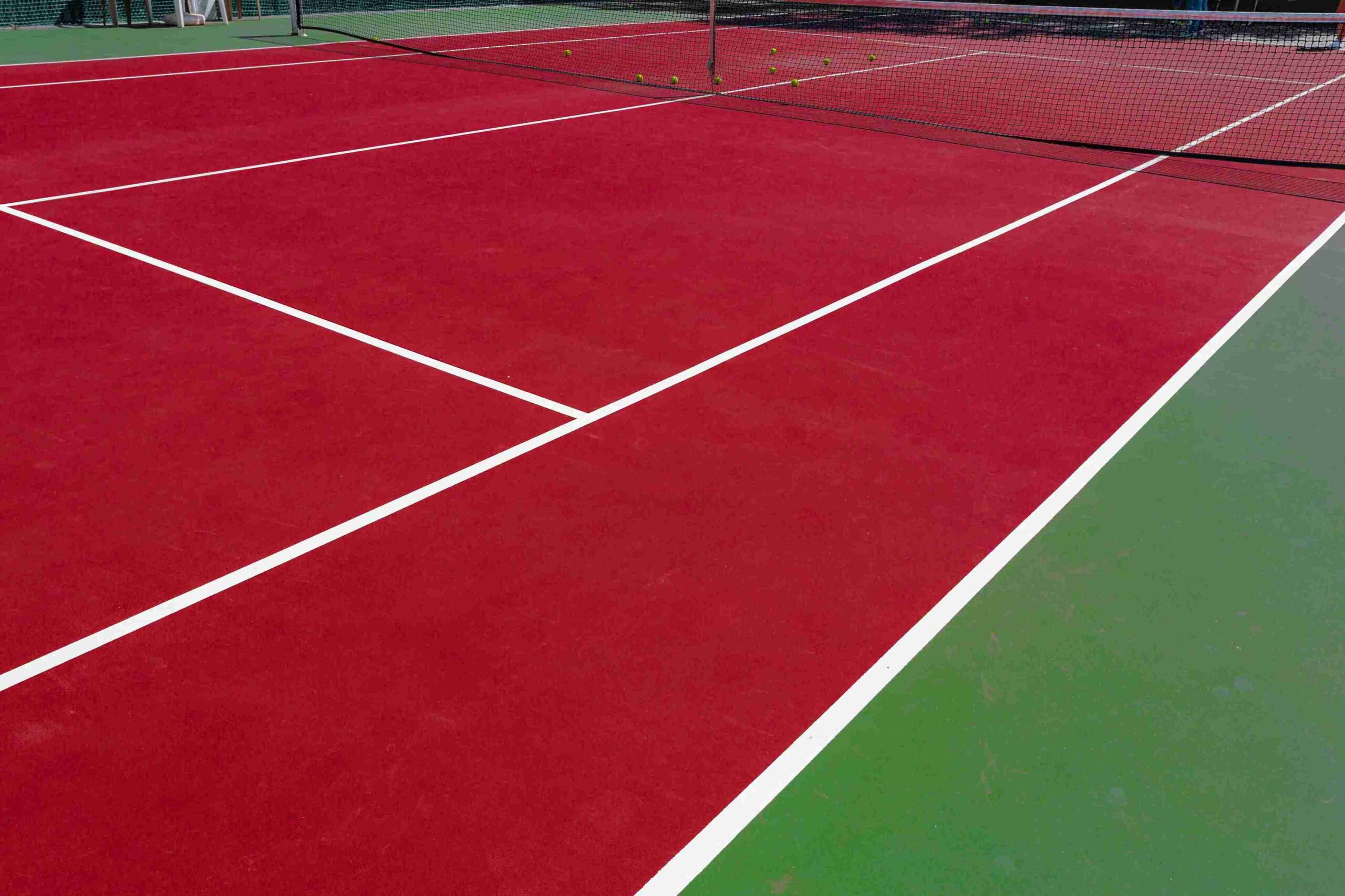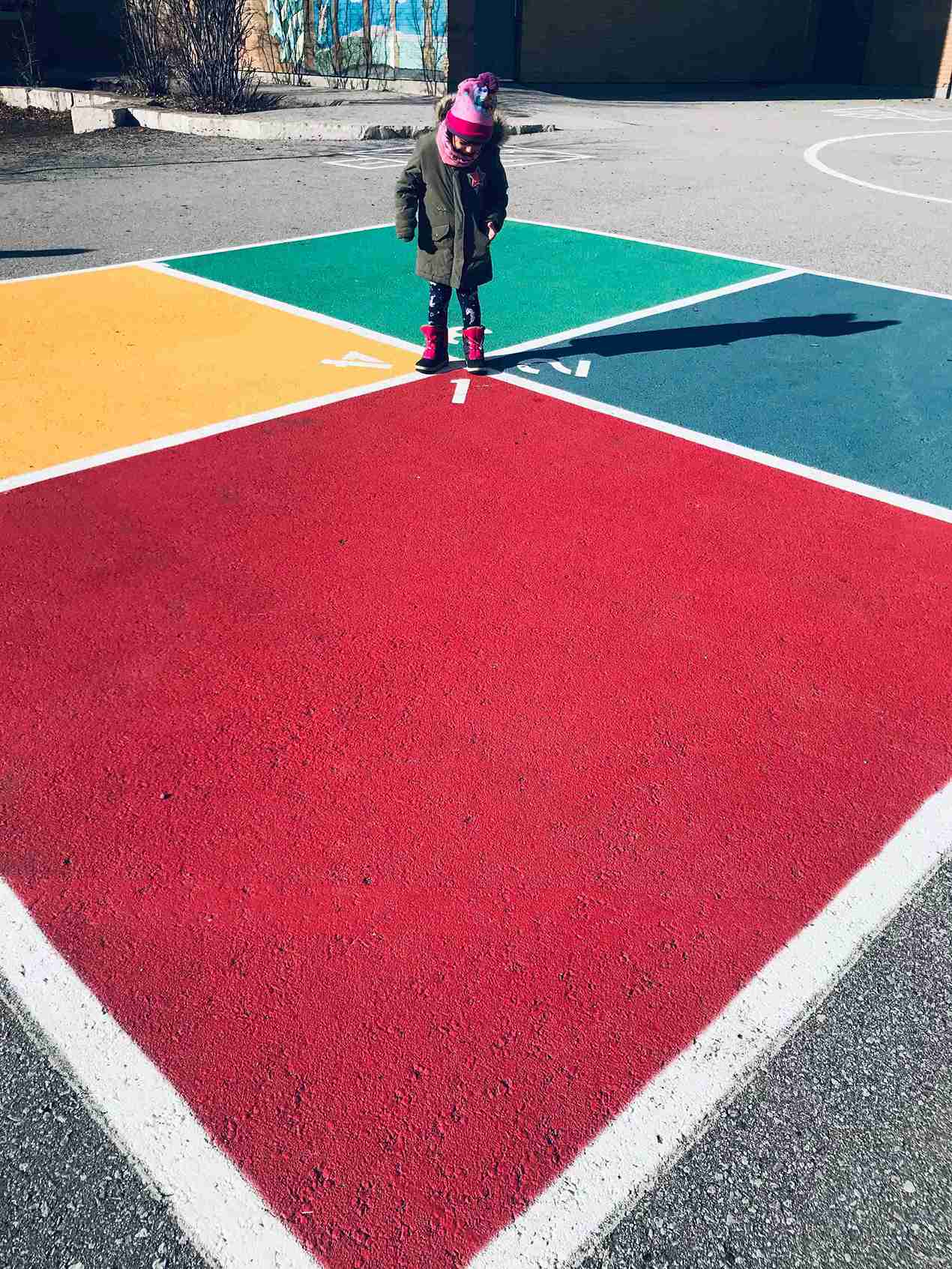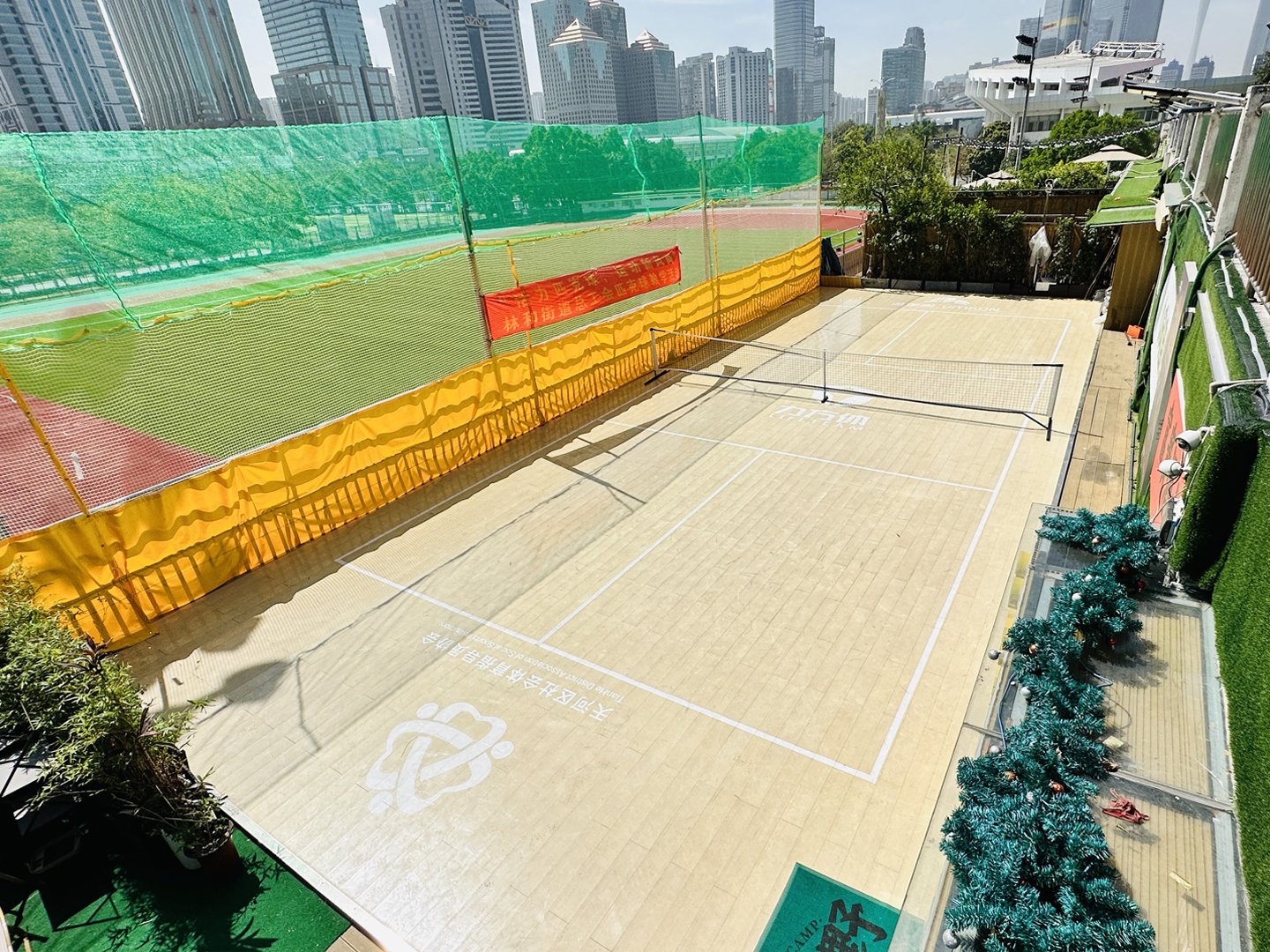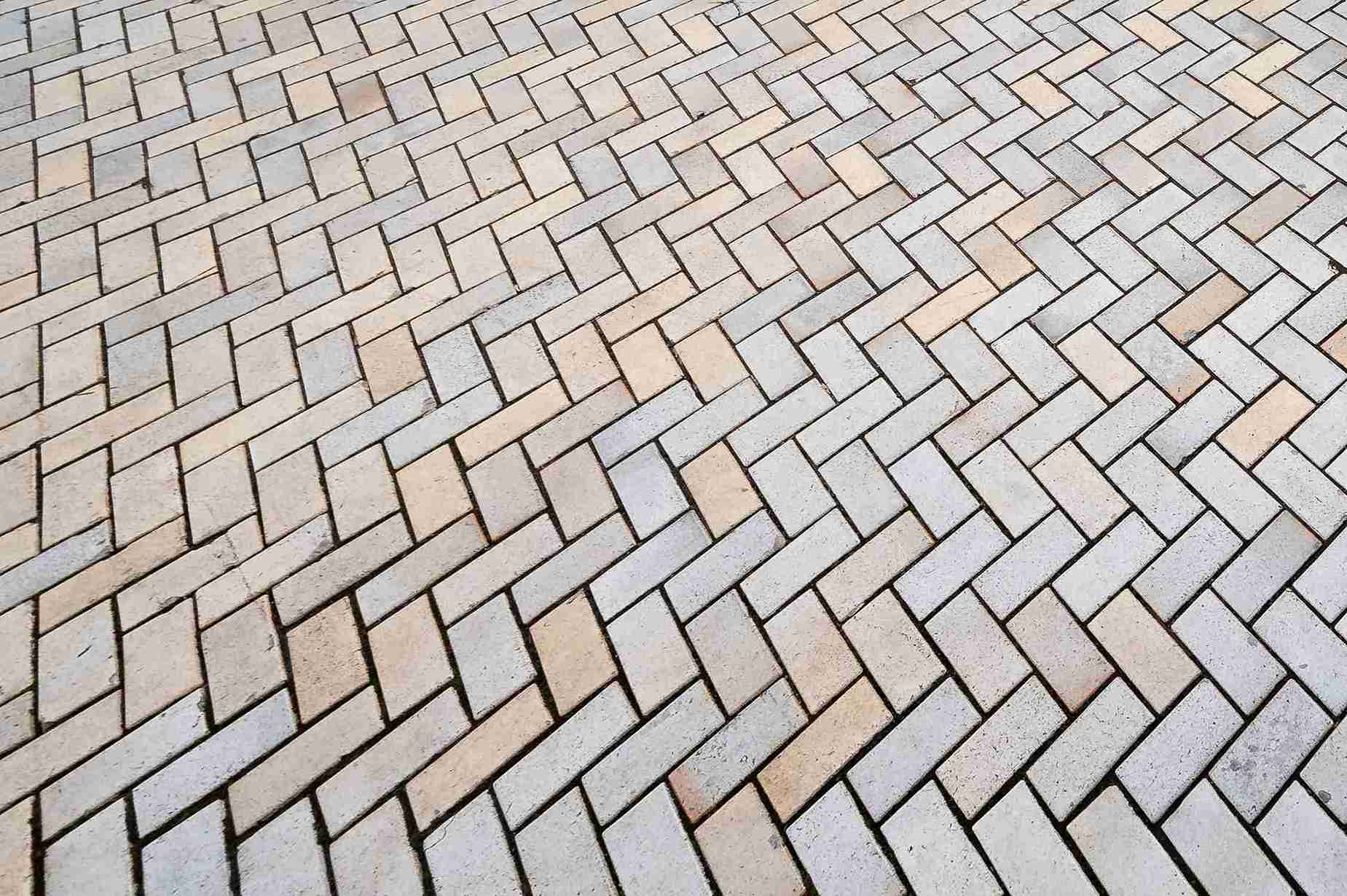Selecting the right wood flooring for your sports facility is no small task. Whether you’re managing a gym, building a basketball court, or maintaining a badminton arena, the flooring you choose plays a pivotal role in performance, safety, durability, and even aesthetics. With so many options and considerations, how do you make the right choice?
This guide will walk you through understanding your facility’s needs, key factors to consider, flooring types, and real-world examples to help you make an informed decision. By the end of this post, you’ll know exactly what to look for to ensure your facility provides the best possible athletic experience.
Understanding the Specific Needs of Different Sports
Every sport places unique demands on the flooring, whether it’s a basketball player making sharp pivots or badminton players requiring excellent grip and minimal shock to their joints. Here’s a breakdown of what various sports need when it comes to flooring:
Basketball
- Key Features: High ball bounce, shock absorption, and a smooth surface for rapid direction changes.
- Ideal Flooring: Maple wood flooring, such as those offered by MFMA-certified suppliers like Connor Sports Flooring, is a gold standard for basketball courts. Its durability and consistent performance make it perfect for both recreational and professional levels.
Volleyball
- Key Features: Good shock absorption to reduce impact injuries, traction to prevent slips, and a surface that minimizes floor burns.
- Ideal Flooring: Hardwoods like maple or engineered wood with a smoother finish are preferred. Robbins Sports Surfaces offers excellent options tailored to volleyball-specific demands.
Badminton
- Key Features: Anti-slip surfaces, minimal skin abrasion, and adequate shock resistance for rapid movements.
- Ideal Flooring: Engineered wood or synthetic maple alternatives, such as VMKON’s Macwood systems, work exceptionally well due to their durability and performance in both indoor and outdoor settings.
Multi-Sport Usage
- Key Features: Versatility to accommodate varied sports, durability to withstand heavy traffic, and low maintenance costs.
- Ideal Flooring: Engineered wood or modular systems such as Robbins Sports Surfaces, which offer multi-sport designs optimized for versatility.
Identifying the specific sports your facility will cater to is the first step in choosing wood flooring that aligns with your needs.
Key Factors to Consider for Sports Wood Flooring
Now that you understand the specific requirements of various sports, it’s essential to evaluate the following factors before finalizing your decision:
1. Shock Absorption
Good sports flooring must minimize stress on athletes’ joints. Flooring with high shock absorption reduces fatigue and lowers the risk of injuries. For instance, MFMA-certified maple flooring excels in this category, meeting strict quality and performance standards.
2. Ball Bounce
Consistent ball bounce is crucial for sports like basketball and volleyball. Hardwood and engineered wood floors are specifically engineered to meet these critical performance needs.
3. Durability
Your flooring must withstand heavy use, foot traffic, and the occasional impact from equipment. High-quality products such as Connor Sports Maple and Robbins Sports Surfaces ensure exceptional longevity.
4. Ease of Maintenance
Low-maintenance options, like engineered wood systems or VMKON’s Macwood flooring, are ideal for reducing upkeep costs without sacrificing performance.
5. Compliance with Standards
Ensure your wood flooring complies with sports and safety standards such as FIBA (International Basketball Federation) certifications, ensuring quality, safety, and optimal athletic performance.
6. Aesthetic Appeal
Beautifully finished wood flooring doesn’t just enhance player morale; it adds professional-grade polish to your facility. Customizable solutions, including colors and logos, are an added bonus that brands like VMKON and Robbins Sports Surfaces offer.
The flooring you choose must strike the perfect balance between performance, longevity, and visual appeal.
Types of Wood Flooring for Sports Facilities
Knowing the options available can make your decision significantly easier. Below are some of the most common types of wood flooring, along with their pros and cons:
1. Maple Hardwood Flooring
- Pros:
- High durability and excellent ball bounce.
- Rich aesthetic appeal with elegant finishes.
- MFMA-certified maple guarantees quality.
- Cons:
- Expensive initial investment.
- Requires consistent maintenance, including environmental control to prevent warping.
2. Engineered Wood Flooring
- Pros:
- Strong dimensional stability, resistant to humidity and temperature changes.
- Cost-effective compared to hardwood.
- Can replicate hardwood aesthetics with greater durability.
- Cons:
- May not deliver the same longevity as solid maple.
3. Synthetic Maple
- Pros:
- 100% synthetic material resistant to moisture, termites, and heavy impact.
- FIBA-approved performance with reduced maintenance costs.
- Perfect for multi-purpose or outdoor sports facilities.
- Cons:
- While visually appealing, some purists may prefer natural hardwood.
Brands like VMKON’s Macwood Indoor Flooring offer engineered and synthetic options that outperform traditional hardwood alternatives in many aspects, including lower long-term costs.
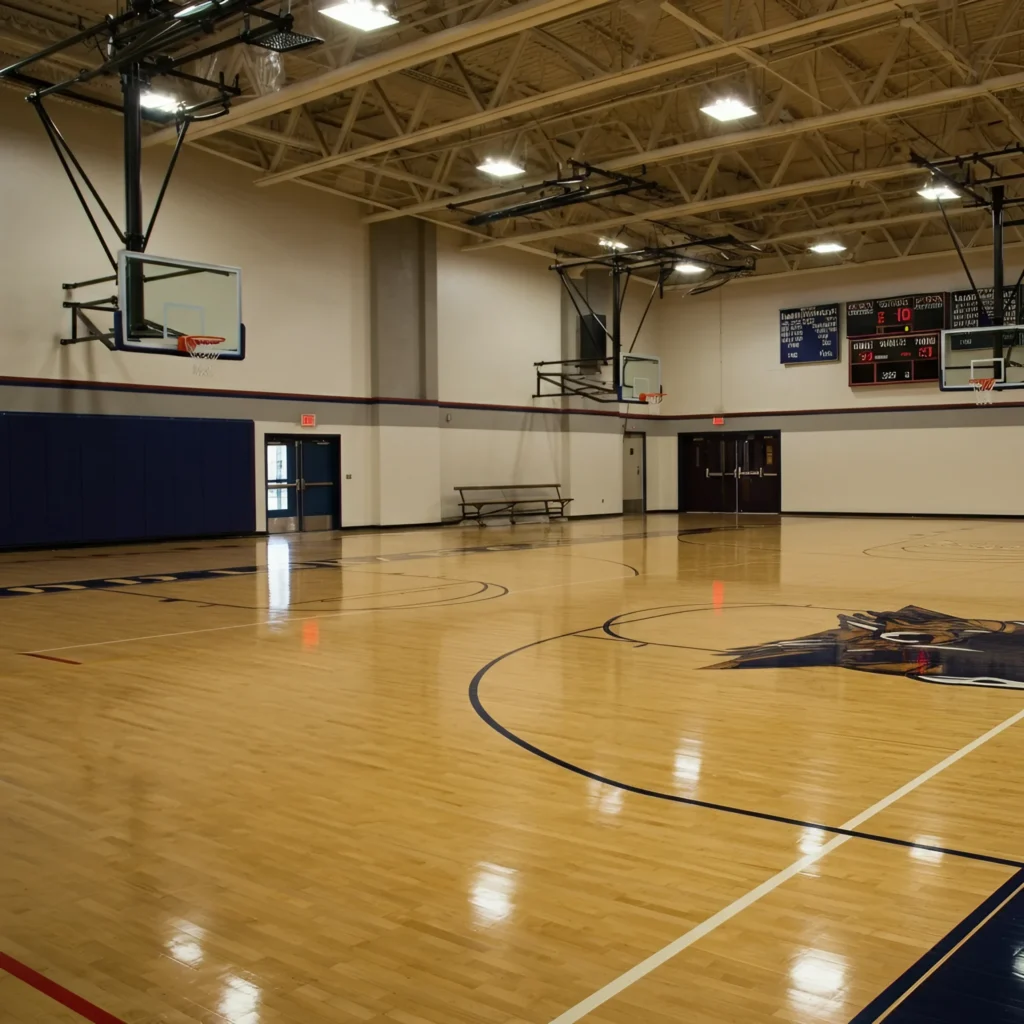

Expert Installation and Maintenance Tips
Even the best flooring doesn’t perform as intended without proper installation and ongoing maintenance. Here are some best practices:
- Hire Certified Installers
For professional results, work with installers experienced in sports wood flooring, preferably those recommended by manufacturers like Connor Sports or Robbins Sports Surfaces.
- Regulate Humidity Levels
Especially for solid hardwood floors, maintain environmental control to prevent warping or cracking.
- Use Sports-Specific Cleaning Products
Avoid harsh chemicals. Use manufacturers’ recommended products to preserve finishes and prolong the lifespan of your flooring.
- Inspect Regularly
Periodically check for signs of wear, scuffs, or potential hazards like warped tiles, and repair them promptly.
- Invest in Protective Layers
For multi-purpose facilities, use temporary mats during non-sports events to safeguard flooring from damage.
Proper care ensures that your investment delivers consistent performance for years to come.
Choosing the Best Flooring for Your Facility
Selecting the right wood flooring for your sports facility requires careful consideration of the sports being played, maintenance requirements, and your long-term goals. A well-chosen floor can enhance performance, minimize injury, and elevate your facility’s appearance.
If you’re ready to upgrade your sports facility, consider exploring our customizable sports flooring solutions. Brands like Connor Sports, Robbins Sports Surfaces, and VMKON are industry leaders offering high-quality, high-performance options tailored to your needs.
Contact us today to learn more and find the perfect fit for your facility!

